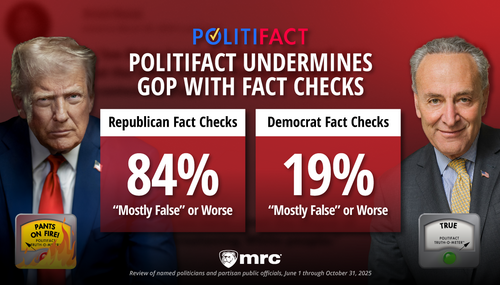Today's announcement there were 167,000 net new jobs in December (196,000 counting revisions to prior months), and that the unemployment rate held steady at 4.5%, made me wonder how job growth during the Bush prosperity compares to job growth during comparable periods in the 1990s.
The answer -- Pretty darn well:

(The Household Survey extract was obtained by going to this page at the Bureau of Labor Statistics [BLS] and selecting the first item, "Employment Level - Civilian Labor Force." The Establishment Survey extract was obtained by going to this page at BLS and selecting the first item, "Total Nonfarm Employment - Seasonally Adjusted.")
The Household Survey shows that 9.5 million more people had jobs at the end of 2006 than at the end of 2002, and over 7.5 million more than at the end of 2003. The former (Dec. 2002 - Dec. 2006) figure is just a few percent lower than the comparable one for 1996-2000, and the latter figure (Dec. 2003 - Dec. 2006) is over 8% higher than the comparable one for 1997-2000.
The Establishment Survey's Dec. 2004 - Dec. 2006 and Dec. 2003 - Dec. 2006 employment increases are roughly 75% and 73%, respectively, of the comparable 1998-2000 and 1997-2000 increases.
This Household Survey's larger reported increases in employment levels since 2001 or so are not often reported by the press, or emphasized much, if at all, by the Department of Labor when its monthly reports are released. Instead, the primary source for employment growth is seen to be the Establishment Survey, whose employment increases during the late 1990s usually outstripped the Household Survey.
I learned from speaking with a DOL technical person that this is because the margin of error for the total employment reported in the Household Survey is greater on month-to-month basis than it is in the Establishment Survey. On a month-to-month basis, that makes sense; you don't need to be quite as precise in getting the unemployment rate right the nearest 0.1% as you do in reporting additional jobs created to the nearest 1,000 in an economy with over 140 million people working.
DOL/BLS has done a lot more work comparing the results of the two surveys, and actually updates their comparison every month (PDF).
If you're looking at years instead of months, it's pretty clear that the importance of the precision just mentioned diminishes greatly. The bottom line question is: "Really, how many jobs are being created?" I submit that over a longer time period, the Household Survey is a better indicator of total job growth. That's because the Establishment Survey is, by definition, incomplete, as it does not pick up the self-employed or agricultural workers. The Household Survey picks those groups up, and thus better reflects the universe of all current and potential workers.
As if to confirm what is in the points I have just made, the DOL technical person I spoke to indicated to me that previously reported Establishment Survey numbers are due for a revision on February 2, when the next Employment Situation reports are released -- and that revision will be upward. There was an upward revision of previous Establishment Survey numbers that added 810,000 jobs this past October that the formerly Mainstream Media virtually ignored. Without pretending to know more than I do, I get the impression that February's might be a bit tougher to shove under the rug.
It is stunning to see how long it has taken the business press to get away from the "weak job growth" meme in the face of such obvious evidence to the contrary. There are three reasons why this is happening:
- The BLS's preference for the lower but more precise Employment Survey numbers.
- The fact that reporters, like most people, focus only on the current month and not the big picture.
- Reporters may not want to recognize or go looking for larger reported employment increases as long as there is an "R" in the White House.
Cross-posted at BizzyBlog.com.
____________________________________
UPDATE: To be clear on the comparisons -- The Establishment Survey increases identified were for 2- and 3-year periods, and the Household Survey increases were for 3- and 4-year periods. An apples-to-apples comparison of Household to Establishment shows the following:





